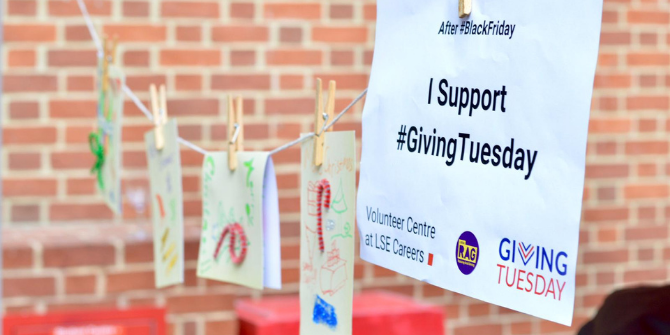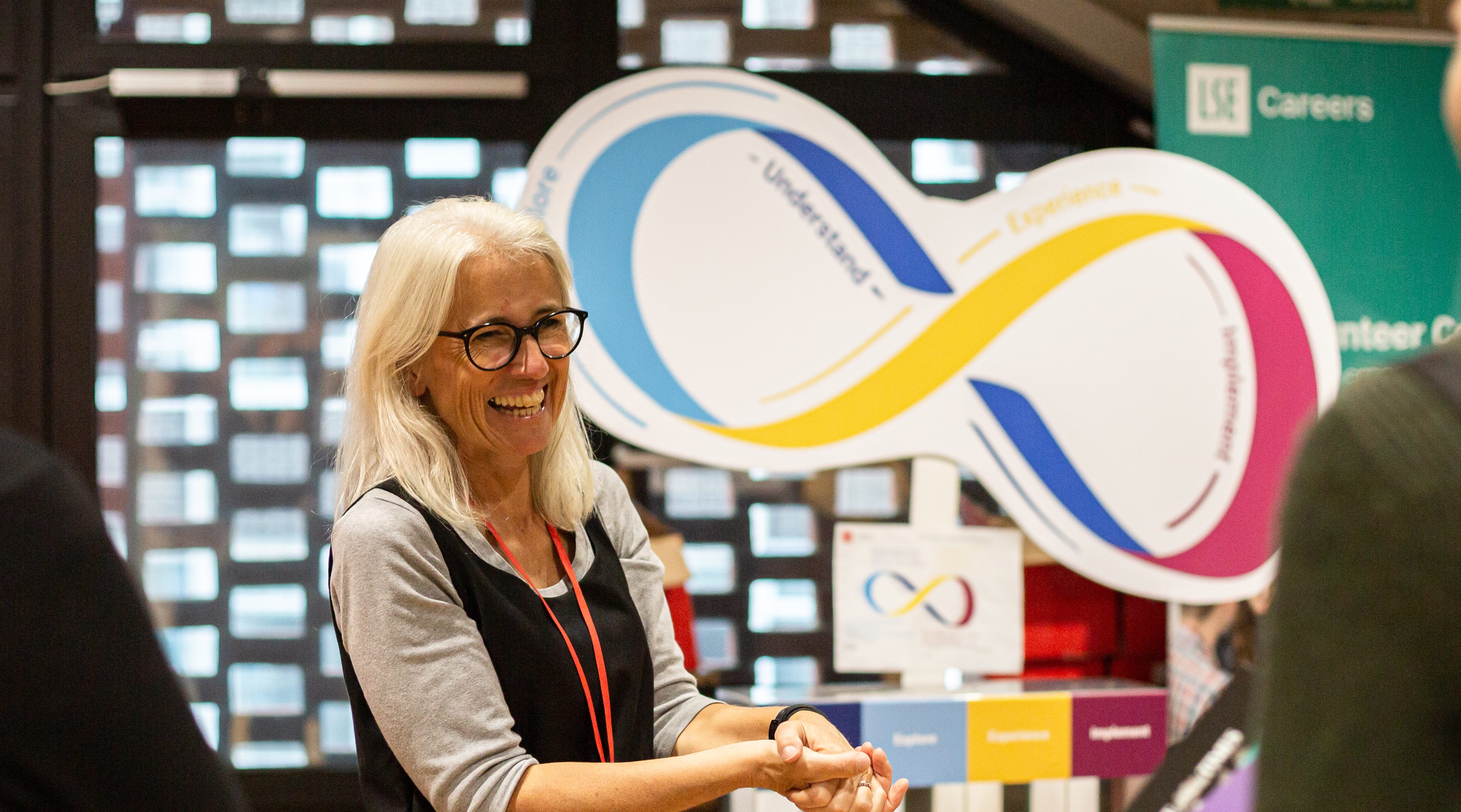Guest blog by LSE alum Vishal Kumar who studied BSc Economics and Geography (2014) and is now working at Sotheby’s:
Auction houses are fascinating places to work. Like other cultural institutions, auction houses have Specialists with unrivalled academic knowledge of art. However, the auction business has always been a commercial enterprise often associated with glamour and glitz. Yet, despite their differences, institutions in the cultural sector are looking for graduates with business skills. Firms nowadays optimise customer service, streamline operations and improve management decisions through insights drawn from big data and this is where I have found demand for my skillset at Sotheby’s. This post will give you some background about how I got to where I am, an insight into the type of work I currently do, and some insider tips for
breaking into the arts and culture.
Background
In my mind I was going to work for a Private Bank or a Consultancy firm. I grew up in a family with a jewellery business so I was interested in luxury goods, but I hadn’t even considered the cultural sector, let alone the art market. I adored arts and culture – I did an A level in Fine Art, I loved architecture and sketching, and I frequently visited galleries and museums all around Europe but it wasn’t an industry I thought I would work in.
At LSE I jumped between research, banking and consultancy. I did a spring internship at (IHS) Markit, a summer internship at a boutique wealth management firm in India and then an infrastructure consultancy firm during my first, second and third years, respectively. The work was interesting but it wasn’t what I wanted to do. Nevertheless, I learned some extremely valuable analytical skills that I use every day in my current work.
After working in India and at the start of my third year, I became increasingly fascinated in overlapping wealth management with the luxury sector. I realised I wanted to work with high net worth individuals, but in particular, I wanted to offer them investment options beyond financial products. At the same time, I recognised that the art market was a growing sector and a place where I could accomplish this vision. This was a very particular and niche avenue to explore, however, I managed to find a master’s course in Art Business at the Sotheby’s Institute of Art which covered Art, Finance and Investment.
During my master’s I learned about the art market landscape, its segmentation, and the various networks and relationships between players. It is absolutely paramount to get a good understanding of how things work in the art market because it is a relatively small industry and business success is driven by reputation and social factors. To fine-tune my understanding, I did internships at ARTUNER an online commercial contemporary art platform, and ArtTactic an art market analytics firm (both owned by LSE
MSc Management alumni), whilst studying.
It is important to mention that this industry was completely new to me I had no contacts. I used LinkedIn as a tool to get in touch with people in the art world, who then introduced me to more people. I spoke to a broad range of people and gathered as many ideas as possible. Most importantly, LinkedIn became a platform where I voiced my opinions and pushed out the research from my master’s through regular blog posts. I wrote my dissertation on the evolution of financial services into the business of art and was fortunate enough to interview some senior members of large art organisations.
My role
I am a Data Analyst and I work under Global Business Development, specifically in the Proposals department. My department works alongside art Specialists and Senior Executives to produce highly bespoke proposal documents, presentations and market reports, to win major high value consignments for Sotheby’s sales in all categories. My work is team and project based and requires the ability to work with a number of different characters across the company. Because an auction house never owns the object of art the consignor owns the property and we sell on their behalf, Sotheby’s needs to convince a potential consignor that we are the best house to sell with. Therefore, our work in Proposals is persuasive and every project is different and entirely bespoke for the client. We pitch for a wide range of objects from Impressionist art to Contemporary art, Old Master paintings, classic cars, diamonds and jewellery, watches and important single owner collections.
My specific role is to provide art market research, data analysis and the production of graphs and infographics integral for winning business. My role is split into two parts: I first undertake the analysis and I then communicate my findings. In terms of technical skills, I use software such as Excel and Tableau for analysis and then Adobe InDesign and Illustrator to visualise data. More recently, I am using computer programming languages such as SQL and R in order to manipulate data programmatically, and HTML, CSS and JavaScript to design data.
Unlike financial institutions or consultancy firms, we are pitching for works of art from aesthetically minded individuals; therefore, it is important not to bombard our clients with appendices full of data. Accurate and reliable analysis is of course important, but the key is to make data look sexy: aesthetically pleasing and simplified. A picture tells a thousand words and I believe it is the same with information and data. If I can simplify my quantitative analysis so that the user can easily understand the findings, then I am doing a good job.
I find this type of work hugely stimulating because it is uniquely varied and has direct impact on the client and the company’s future and the results are tangible. For example, in early 2016 I worked on the pitch for David Bowie’s personal art collection. Sotheby’s won the pitch and we subsequently sold the collection in November 2016. It was deeply satisfying being able to see the whole collection in our galleries and I invited friends and family to come and view the pre-sale exhibition!
Insider tips
In short, the art market (and the cultural sector more broadly) is an exciting, growing industry and offers opportunities for LSE graduates. The types of roles are becoming more sophisticated, but jobs are generally very hard to find and requires patience, vision and determination. Not all jobs will be in business development entry-level roles often require a lot of administrative work. The art market is a very sociable industry so you need to go out, show your face and talk to people. Hard skills matter when doing the day to day job but soft skills such as emotional intelligence are equally as important when trying to get on interesting projects, managing different personalities, and being confident in front of seniors and clients.
Finally, manage your expectations when it comes to salary. However, a great work-life
balance, working with beautiful objects of art and meeting endlessly fascinating people is a fair trade-off for me. My personal experience thus far has been highly positive.





1 Comments